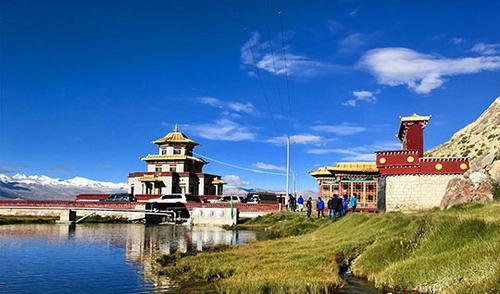Rainforest exists in ancient central Tibet: amber fossil reveals
An amber fossil discovered in southwest China's Tibet Autonomous Region suggests that rainforest was present in central Tibet more than 40 million years ago.
The research, jointly conducted by an international team of scientists from China, Britain and India, was recently published in Palaeoworld.
Wang Bo, one of the researchers from Nanjing Institute of Geology and Palaeontology, said that the amber fossil was discovered in the Lunpola basin in Tibet and derived from dipterocarp trees, which are today only found in Asian rainforest.
The scientists concluded that Tibet had a different geographical environment over 40 million years ago.
Based on previous research and biostratigraphy studies, they believe a tropical or subtropical rainforest with an altitude of less than 1,300 meters was once present in central Tibet.
However, an obvious uplift on the Qinghai-Tibet Plateau occurred around 25 million years ago. Plants such as pine and cypress, which can adapt to dry and cold weather, have started gradually growing there.
Your Comment
Name E-mailRelated News
-
-
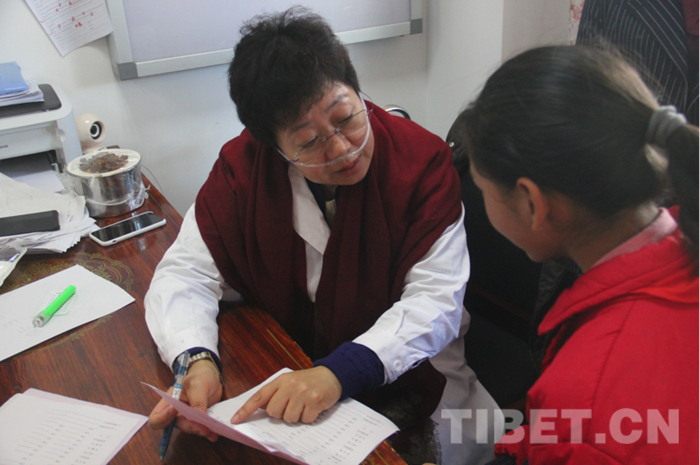
-
Good Ears and Eyes Project comes to Lhasa
From 9:30 a.m. to 6:00 p.m., eleven specialists conducted visual and hearing screenings for nearly 1,000 Tibetan children in just one day.
-
-
-
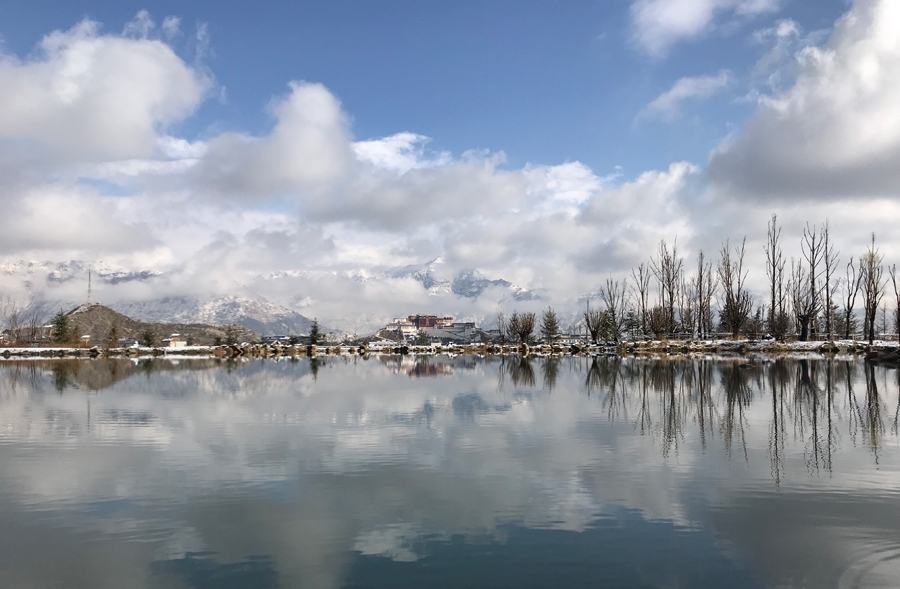
-
Tibet to launch free winter tour sites in November
Southwest China's Tibet will offer winter discounts for hotels, flights, and some of its scenic spots starting Nov 1.
-
-
-
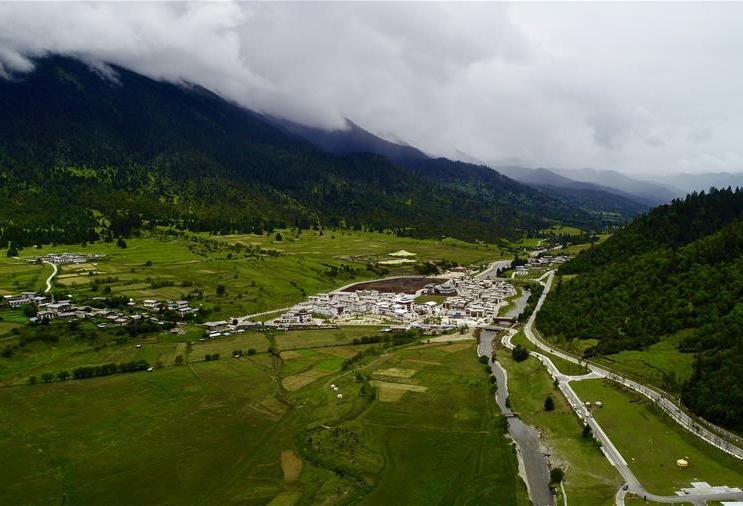
-
A beautiful township's "password for happiness"
In recent years, Medog Township in southwest China's Tibet has persevered in creating a beautiful calling card of "ecology, livability, health, charm, and happiness".
-
-
-
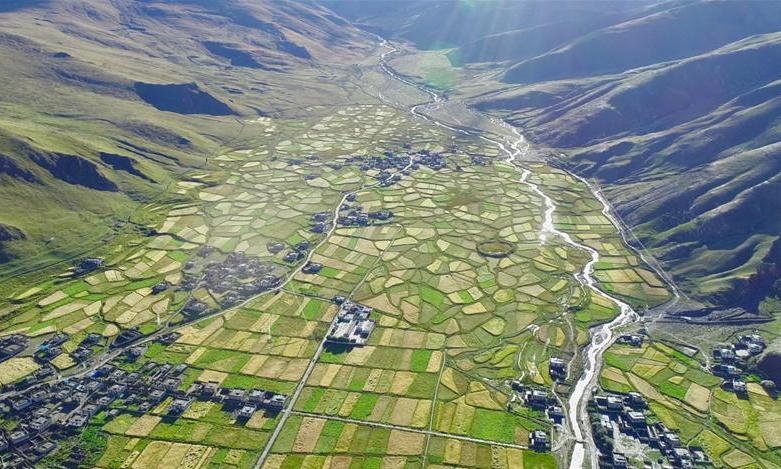
-
Tibet holds second Tsampa Toursim and Culture Festival
Tsampa, the traditional staple food of the Tibetan people, comes from the highland barley crop, which is a unique crop on the Qinghai-Tibet Plateau, and serves as the main provisions.
-
-
-

-
Courts in Tibet use new technologies to better serve farmers, herders
Courts in southwest China's Tibet Autonomous Region have started using new technologies such as voice recognition and big data to offer better services for people living in remote areas.
-







